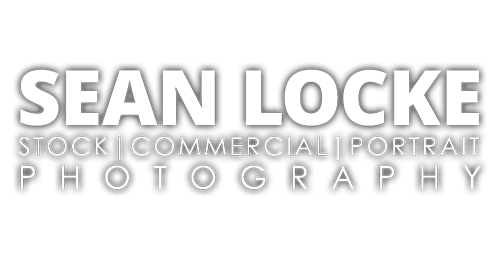There’s a cool new web based design tool on the block, and it’s called Canva! This Australia based website gives beginning through advanced designers a way to design online without using complex desktop tools, combining stock photography and other elements to come up with an end product without going overboard on cost.
For someone, like me, who isn’t a hardcore designer, Canva is like a design toybox. There’s a blog full of interesting articles, a section of mini-lessons on things like using textures or columns, and best of all, the design tool. The design tool allows you to start with a document and fill it with all kinds of elements, text and stock photos. The neat part is that they start you off with a selection of templates, so you can jump right into your design:
Over on the side is where you find everything you can put into your design, and again there are templates to get you started and give inspiration, and the selection is based on the type of design you are starting with. I picked “social media” as my base document, so I got these options:
I didn’t want to go with any of those, though, so I went to the search bar at the top to find one of my tailgate party images (as a photo contributor, I have a library of work available there). I typed in “tailgate” and I had a selection of my photos, along with images from others. I simply clicked the image and it appeared in the document. I resized and moved the photo until I was happy with the result. I made the image about 50% transparent. Then I chose the text tool, and was offered a text entry box with a variety of fonts, sizes and other typical character customization options.
One of the interesting things about Canva is that they are making a huge effort to make life easier on the designer. When they accept isolated/white background images into the collection, they go into a queue for hand created transparency. That way, if you come across these images in your search, you can easily lay them over other elements – the built-in transparency takes care of the hard work of doing a cut out yourself.
Additionally, all images have an option box where you can choose pre-set “instagram” type filters, or you can do things yourself, blurring the image, changing saturation or twiddling with brightness. It would be cool to add drop shadows, but I’m not seeing that option.
So, the money saving bit that I mentioned earlier comes into play when you are finished with your design. Since the design is done in the Canva tool, they are able to track all the bits and pieces that were used. The creator never has access to the actual building blocks – only the finished product. This way, they are able to license the work as part of the finished design for just $1 for each element used. I used one element, my image, so my bill looked like this:
If you don’t want to pay at that time, the design is saved in your profile. You can also show it off by sharing it on Facebook or Twitter, and the link will come back to your finished design, but will include the watermarks on the design elements. There’s also a way to share the design with others so that they can edit the design. Might come in handy when looking for manager approval or something like that.
So, next time you’re putting a design together, try using Canva, especially if you’re in a situation where you don’t have access to traditional desktop tools. Share your creations in the comments – I’d love to see what people are doing with this. You can see my (small but growing) portfolio available on Canva at this link: https://www.canva.com/seanlockephotography
Have a great week!













Great writeup Sean! Thanks. And welcome to the team. Your images are looking great on Canva.